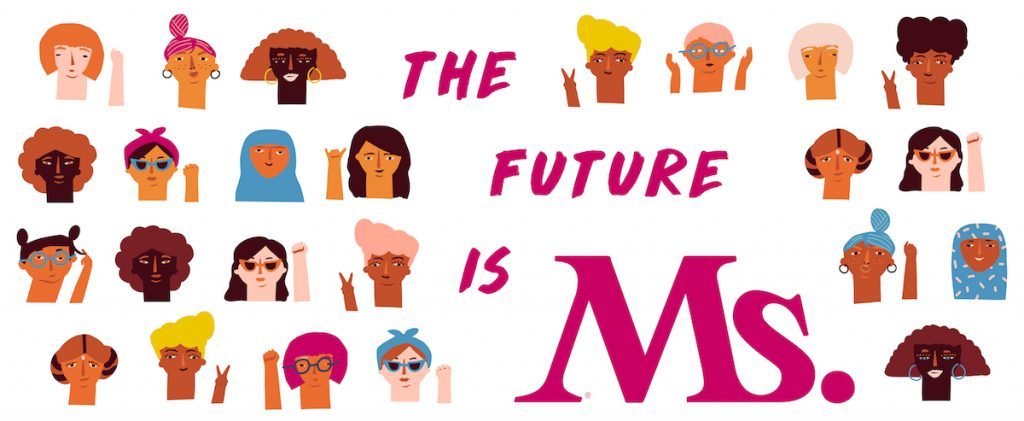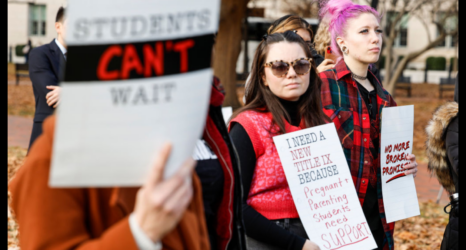
The Future is Ms. is an ongoing series of news reports by young feminists. This series is made possible by a grant from SayItForward.org in support of teen journalists and the series editor, Katina Paron.
Seventeen percent of U.S. students don’t have access to computers at home, making the current transition to online learning a daily struggle for many teens. Some girls are expected to share computers and babysit younger siblings on top of this internet insecurity, making them feel especially at risk for academic failure.
Margaux Bautista, an International Baccalaureate junior in Folsom, Calif., is one of these tech-strapped students. At home, Bautista must share her electronic devices with the six family members she lives with. She borrowed a PC from school—but says some days her WiFi is useless because there is so much online activity at her home. Regularly, Bautista must schedule her class and homework time around her other family members.
Although her teachers have become more flexible, Bautista knows she is not performing as well as she would if she were in the classroom.
“I’m grateful for the resources I have,” she said, “but I lack the motivation to commit time and effort to my work when simply being present online is a struggle.”
Being the oldest child in her Filipino American family, Bautista is saddled with more responsibilities than her siblings. Twenty-seven percent of U.S. Asians say being successful in a well-paying career is one of the most important things in their lives. For students like Bautista, carrying these values as a second-generation college student is crucial to her family role.
While computer loans from school fill some of the gaps, they don’t help the 14 percent of school-age U.S. students without internet access.
Slow WiFi is also a barrier that can keep students—like Rebecca Yeghiazaryan, an IB junior in Bautista’s class—from participating fully in Zoom meetings for school.
“Often, our coursework relates to the lecture or notes that were discussed on the video call, and when I miss the chance to interact with my teachers, I have to learn the content on my own,” says Yeghiazaryan.
As a future first-generation college student, Yeghiazaryan feels greater pressure to maintain her honors-level grades and commit to her academics.
Like Yeghiazaryan, girls are more likely to be stressed about keeping up with schoolwork compared to boys during online learning, according to a Common Sense Media poll.
On top of this pressure, Yeghiazaryan’s parents expect her to help out with her siblings more now that she’s home.
“When you’re babysitting young kids, you can’t really be writing an essay at the same time,” she said.
Public education has faltered in providing equal opportunities for all students during the coronavirus pandemic. Despite schools lending devices and cities getting creative about WiFi hotspot distribution, the divide between low and high-income students persists as a barrier to learning—and it’s a barrier that widens between genders, according to the UN.
“To date, much of the education analysis on COVID-19 has been gender blind,” said Yona Nestel of Plan International during a recent UNESCO webinar.
However, she said that the pandemic can lead us to solutions as it reveals underlying difficulties like the gender digital divide.
While that data is being collected, it is important to remember: “The crisis didn’t create inequity, the inequity was already there,” said Robin Lake, director of The Center on Reinventing Public Education.
“My worry is that the crisis will exacerbate it for girls in particular. Where girls may have already been behind academically or struggling socially, those kinds of challenges could be magnified in a distance learning setting.”
The Future is Ms. is committed to amplifying the voices of young women everywhere. Share one of your own stories about your path to empowerment at SayItForward.org.





